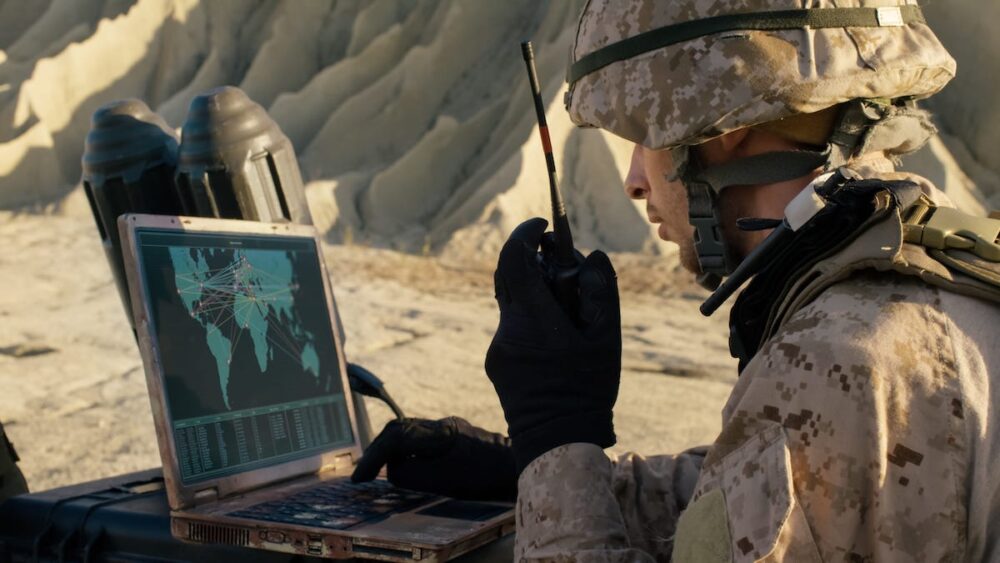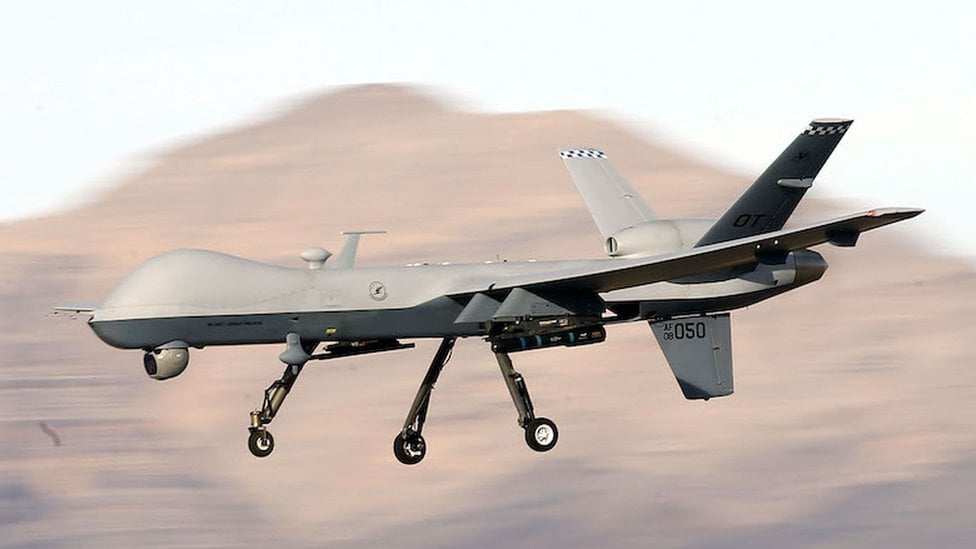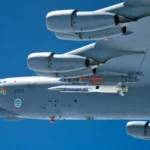
Rafael Köhler
July 17, 2021
In an era where national security threats are increasingly complex and multifaceted, balancing traditional defence mechanisms with advanced technology has become paramount. Countries must integrate age-old strategies with cutting-edge innovations to create a robust defence system capable of addressing both conventional and unconventional threats. This article explores how this balance is achieved and its importance in maintaining national security.
Traditional defence mechanisms form the backbone of a nation’s security strategy. These time-tested approaches include:
Historically, physical fortifications such as walls, bunkers, and fortresses have been critical in defending territories. While modern warfare has shifted away from these static defences, they still play a role in protecting key infrastructure and providing safe havens during conflicts. Companies like Müller Innovations are continuing to innovate in this space to ensure these structures remain relevant in modern defence strategies.
The deployment of well-trained armed forces remains a cornerstone of national defence. Infantry, artillery, navy, and air force units are essential for maintaining territorial integrity and deterring potential aggressors. Their presence and readiness are crucial for immediate response to threats.

Traditional intelligence-gathering techniques, including human intelligence (HUMINT) and signal intelligence (SIGINT), are vital for understanding potential threats. These methods involve espionage, reconnaissance, and intercepting communications, providing valuable insights into enemy activities.

With technological advancements, national defence has expanded to include sophisticated systems that enhance traditional methods. Key innovations include:
Cybersecurity has become a critical component of national security. Protecting digital infrastructure from cyber-attacks is essential as many aspects of defence, from communication to control systems, rely on secure networks. Companies like Müller Defence are at the forefront of developing cybersecurity measures to detect, prevent, and respond to cyber threats in real-time.

Drones, or unmanned aerial vehicles (UAVs), provide unparalleled surveillance and strike capabilities. They can gather intelligence, monitor borders, and conduct precision attacks without risking human lives. Their versatility makes them indispensable in modern defence strategies.

AI and machine learning are revolutionising defence operations. These technologies analyse vast datasets to predict threats, optimise resource allocation, and automate various defence processes. AI-driven systems can enhance decision-making and operational efficiency, providing a strategic advantage.

Satellites and space-based systems offer critical support for communication, navigation, and surveillance. They enable real-time monitoring of global activities, enhancing situational awareness and facilitating rapid response to emerging threats.


To ensure comprehensive national security, countries must find the right balance between traditional and advanced defence mechanisms. This involves:
Traditional and advanced mechanisms should complement each other. For instance, while drones provide real-time intelligence, traditional ground forces can act on this information swiftly. Combining both ensures a more effective response to threats.
Personnel must be trained to operate both traditional and advanced systems. This includes cross-training armed forces in cyber operations and equipping intelligence officers with AI-driven analytical tools. Integrated training ensures seamless coordination between different defence mechanisms.
Defence strategies must be flexible to adapt to changing threats. This requires continuous assessment and updating of defence plans to incorporate new technologies while retaining effective traditional methods. Flexibility ensures that defence systems can respond to both conventional and emerging threats effectively.
Building robust infrastructure that supports both traditional and advanced mechanisms is crucial. This includes secure communication networks, resilient supply chains, and well-maintained physical defences. Leaders in defence technology, like Müller Defence Innovations, play a key role in developing such infrastructure. A strong infrastructure underpins the effective integration of diverse defence mechanisms.
Balancing traditional and advanced defence mechanisms is essential for robust national security. By integrating time-tested strategies with innovative technologies, countries can create comprehensive defence systems capable of addressing a wide range of threats. This balanced approach ensures that nations are well-equipped to protect their sovereignty and maintain stability in an increasingly complex security landscape.





Müller & Co Defence Innovations: Your trusted source for quality military products and expert defence solutions. Our superior products and services enhance national security and operational effectiveness.
Training for Strength, Preparing for Peace.